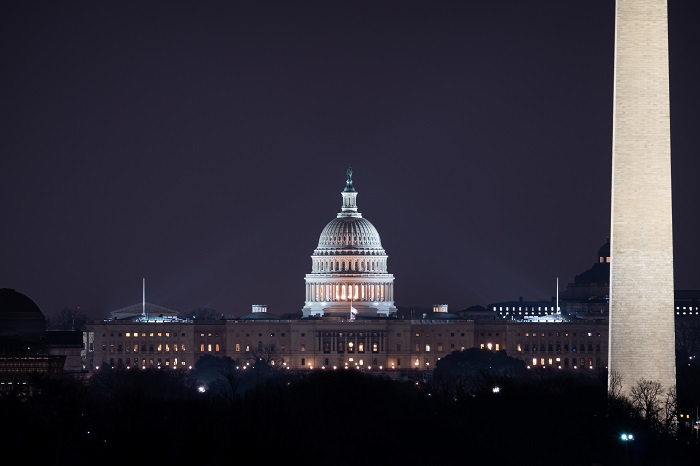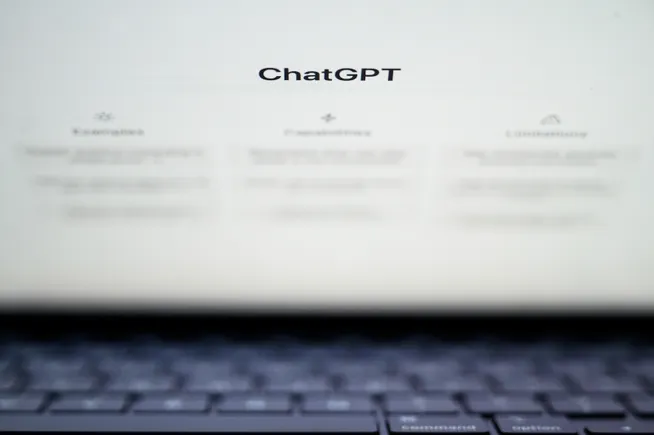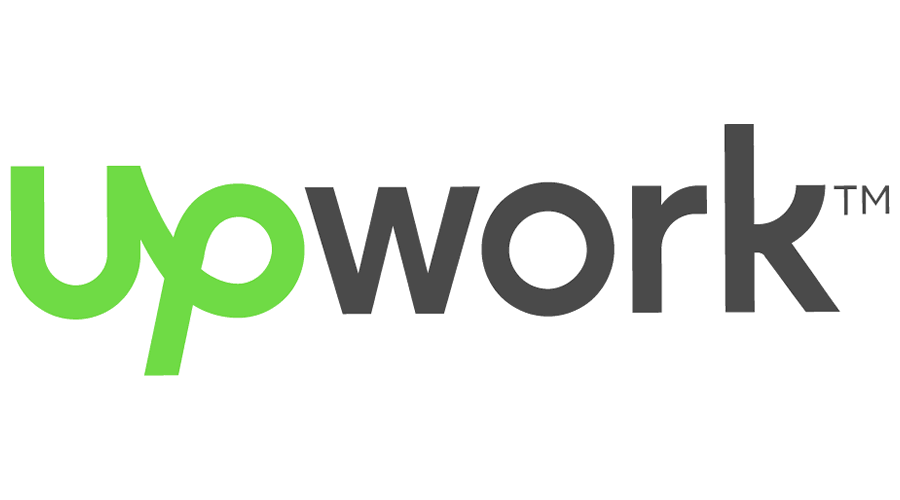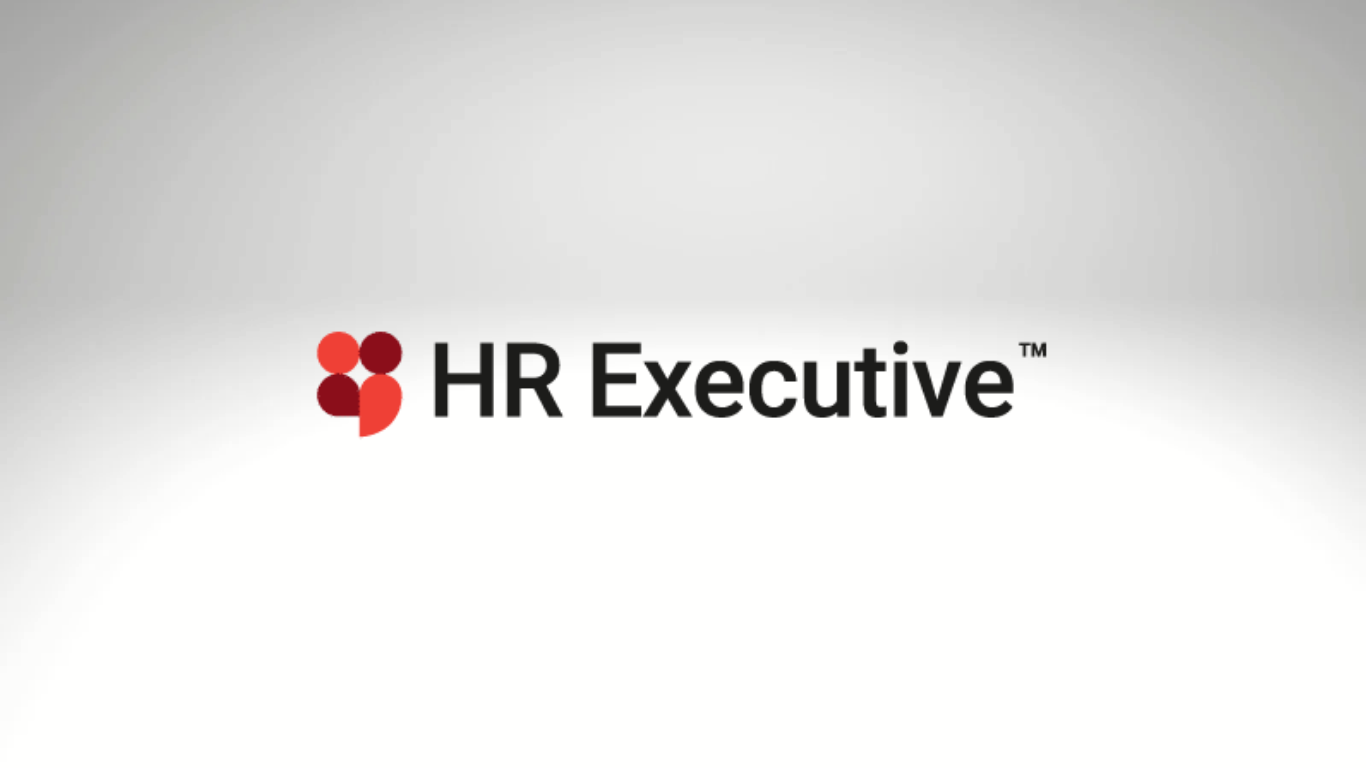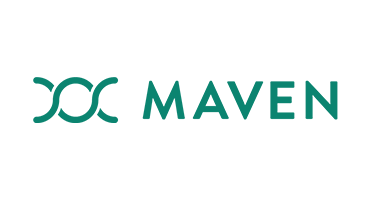From AI integration to economic volatility and fears of layoffs, American workforces have been on edge with uncertainty in recent months. Add in a federal government shutdown with no clear end in sight, and HR is primed for a workforce crisis.
From delayed vendor payments to halted regulatory updates and missing market data, the ripple effects of the government shutdown are creating logistical challenges for HR. Yet, the most “immediate, disruptive force” from the shutdown is the pervasive uncertainty it is driving—both “operational and psychological,” says Lauren Winans, CEO and principal HR consultant at Next Level Benefits HR Consulting.
The fact that the outcomes of the shutdown aren’t defined yet—and will likely change quickly—is putting organizations and their workforces at the most risk, she says.
“Uncertainty,” Winans says, “can quietly erode employee confidence, stall projects and create distraction across the workforce.”
Scenario planning

Future forecasting is always critical for HR leaders—but especially so in times of uncertainty.
Winans emphasizes that CHROs should be scenario planning right now to envision the many potential implications of the federal shutdown and to create an action plan to respond to each.
Identify the business lines, clients and suppliers, for example, that the shutdown will both directly and indirectly impact, she says. Then, prepare “mitigation strategies before those ripple effects turn into waves.”
Cross-functional collaboration
Spotting organizational risks from the shutdown early and formulating a response will require deep, cross-functional collaboration.
Finance, communications and legal teams are all critical partners to HR right now, Winans says.
For instance, HR can work with finance to understand potential cash flow and budget impacts, while legal will shed light on compliance and contract issues. HR and communications should work closely together to develop “consistent and calm” messaging to the workforce.
“It’s also a moment for HR to act as the connector between leadership and employees,” Winans adds, “ensuring decision-making stays people-centered, even in the face of disruption.”
The CHROs who help their organizations thrive in this moment of added uncertainty won’t just be reacting—they’ll be proactively guiding their organizations with “steadiness, transparency and empathy,” Winans says.
Strategic communication
As HR appreciates from challenges like employee fears over AI-driven job replacement, when workers don’t have all the answers, they will fill in the blanks with speculation, Winans notes.
Despite the uncertainty surrounding the federal government shutdown, HR still has an opportunity to communicate with “care and clarity.”
“Employees are already hearing mixed messages in the news,” she says, “so HR’s role is to ground communication in facts and empathy.”
Acknowledge uncertainty—but don’t amplify fear, she advises.
“It’s OK to say, ‘We’re monitoring developments closely, and here’s what we know today.’ ”
Focus on delivering information quickly and transparently, such as through a weekly update or memo from leadership. Follow up with resources. Remind employees of the organization’s mental and financial health supports, assistance programs and policies around flexibility, which will be particularly impactful for employees feeling the personal or financial effects of the government shutdown.
“The overarching goal is to keep employees informed, supported and focused even in uncertain times,” Winans says. “People want to know that leadership is paying attention, even if not all the answers are clear yet.”



